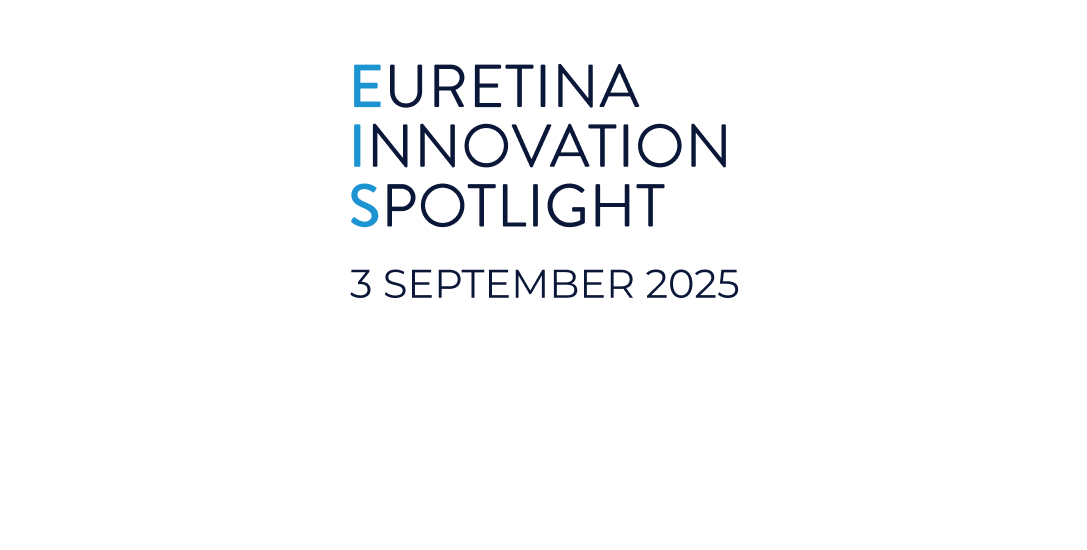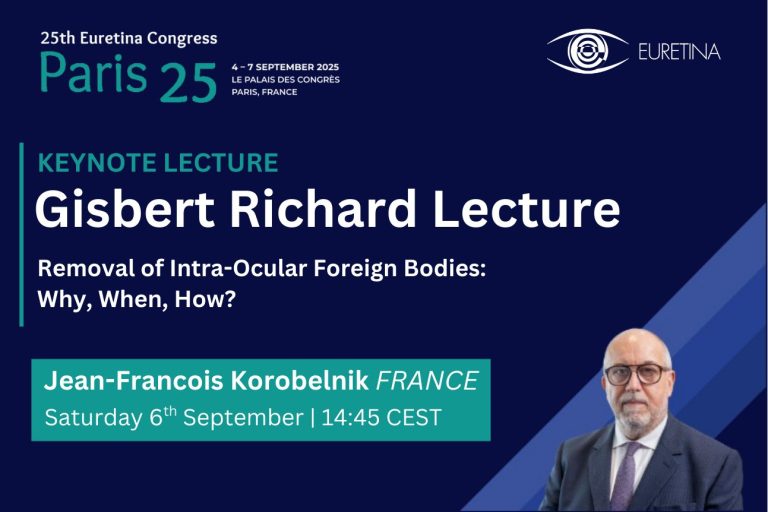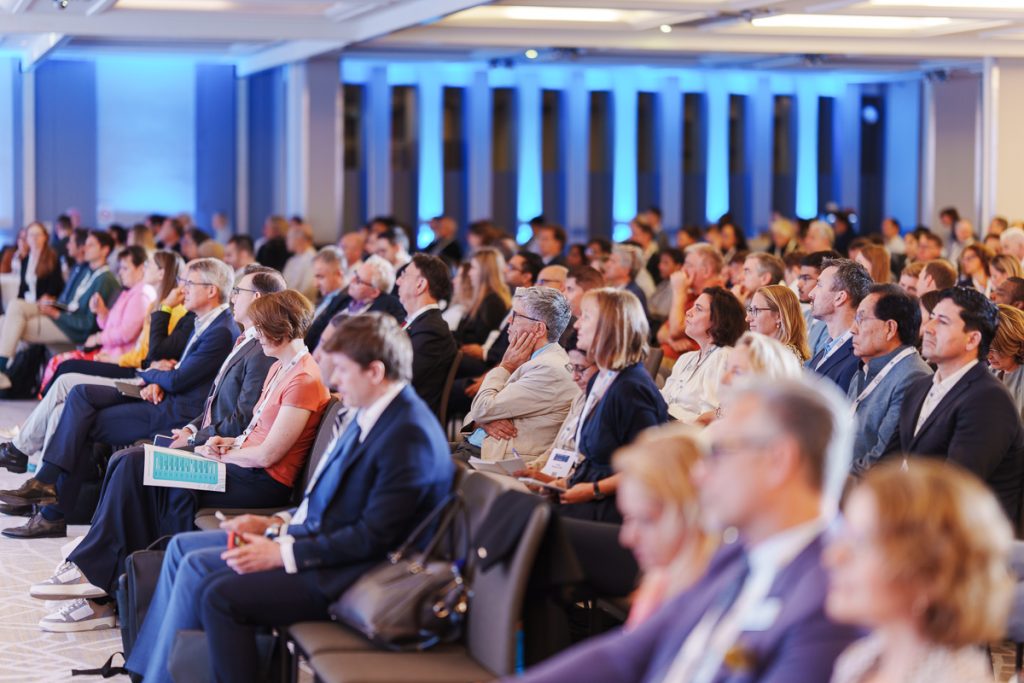Gisbert Richard lecturer will provide an update on the management of intra-ocular foreign body, share his experience, and offer recommendations for maximising functional outcomes.
When it comes to cases of ocular trauma with retention of an intra-ocular foreign body (IOFB), the good news is that their incidence has decreased over the last 25 years. Nevertheless, IOFB cases still present a management challenge for successful restoration of vision, said Jean-Francois Korobelnik, MD.
In his Gisbert Richard Lecture, Dr. Korobelnik, Professor of Ophthalmology at the University Hospital, Bordeaux, France, will discuss why, when, and how to remove IOFBs and offer some tips and tricks for optimising the outcome.
“Surgeons face several challenges in the management of IOFB because vision can be lost as the result of devastating infection or damage to the cornea or retina. Removing the IOFB, however, presents the biggest challenge, and it should be done with tools and techniques that can help to minimise iatrogenic trauma,” said Professor Korobelnik.

“Some patients with an IOFB have a very good outcome, while some have a very poor result for reasons that we can do nothing about, such as the severity of the trauma or the timing of their presentation for care. But, surgeons must be mindful not to compound the existing trauma with our procedures.”
Professor Korobelnik will offer advice on the management of IOFB and augment the information with the aid of surgical videos. For infection prophylaxis, he will advocate for the use of intravitreal antibiotics.
“Systemic antibiotics used to be standard of care, but we now use only the intravitreal route that is more effect and safer because it avoids systemic side effects,” Professor Korobelnik said.
Regarding surgery, he will recommend a two-stage approach, beginning with closure of the penetrating wound and then cleaning of the eye with removal of the IOFB. The second step is usually done 5 to 15 days following primary repair of the open globe injury. Noting that the timing of IOFB removal is controversial, Professor Korobelnik will discuss why a delay may be preferred.
He will also review the benefits of using a widefield viewing system instead of a contact lens for easier and better visualisation of the fundus and the value of employing intra-ocular magnets to remove iron IOFBs rather than relying solely on forceps.
“It is sometimes easy to remove the IOFB with forceps, but it can also be extremely difficult. IOFBs are often a magnetic metallic object, and use of an intra-ocular magnet makes grasping easier and safer for the retina,” Professor Korobelnik said.
“Although I am sure that retina surgeons have the necessary skill for removing IOFBs, I have been surprised by how many are not familiar with the use of an intra-ocular magnet. My hope is that by sharing this tip and others, listeners will leave my lecture with ideas they can implement in their practice to provide patients with the best chance for a positive outcome.”
Professor Korobelnik will deliver the Gisbert Richard Lecture on Saturday, 6 September 2025, at 14:45 CEST in the Grand Amphitheatre.









